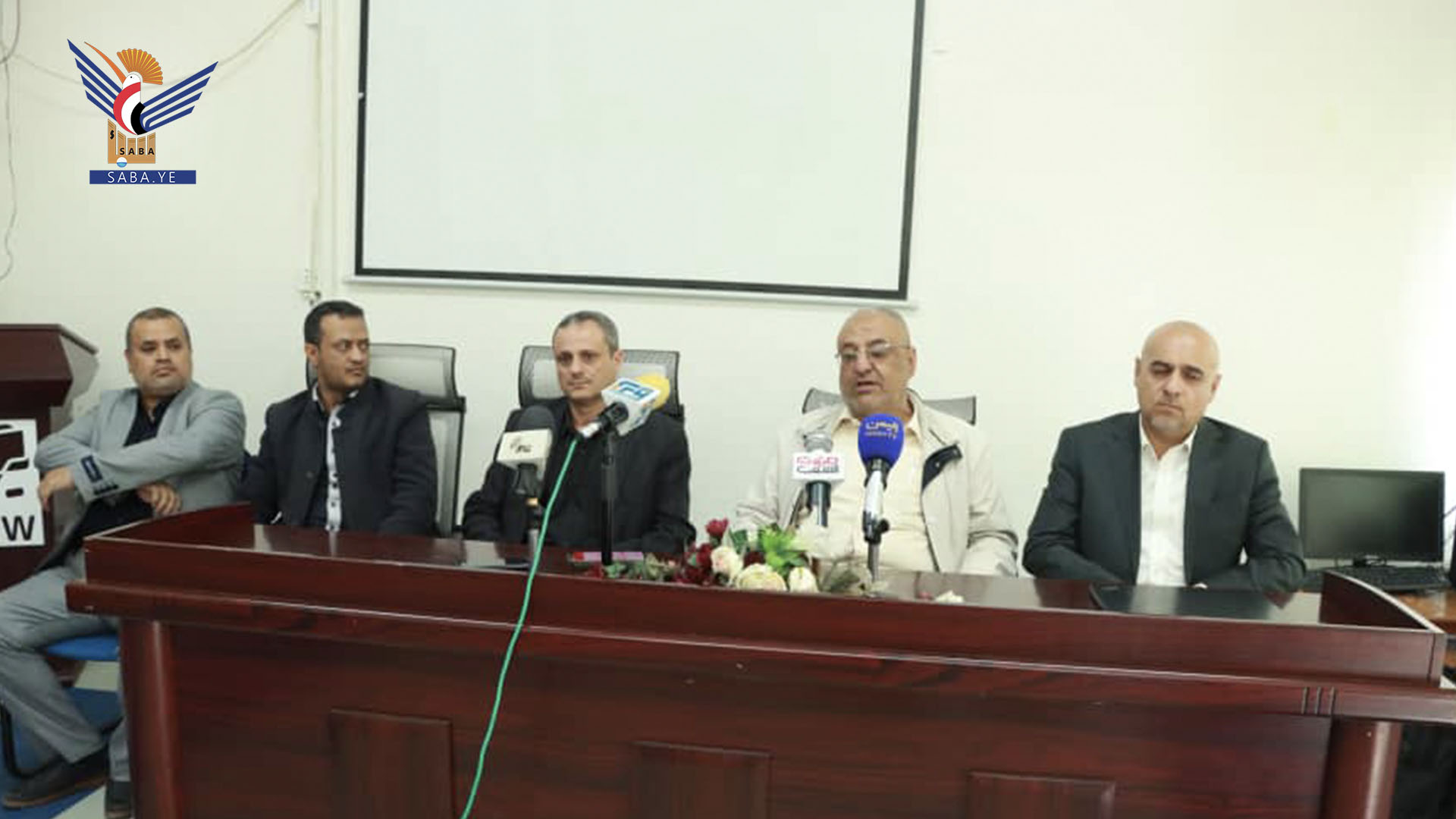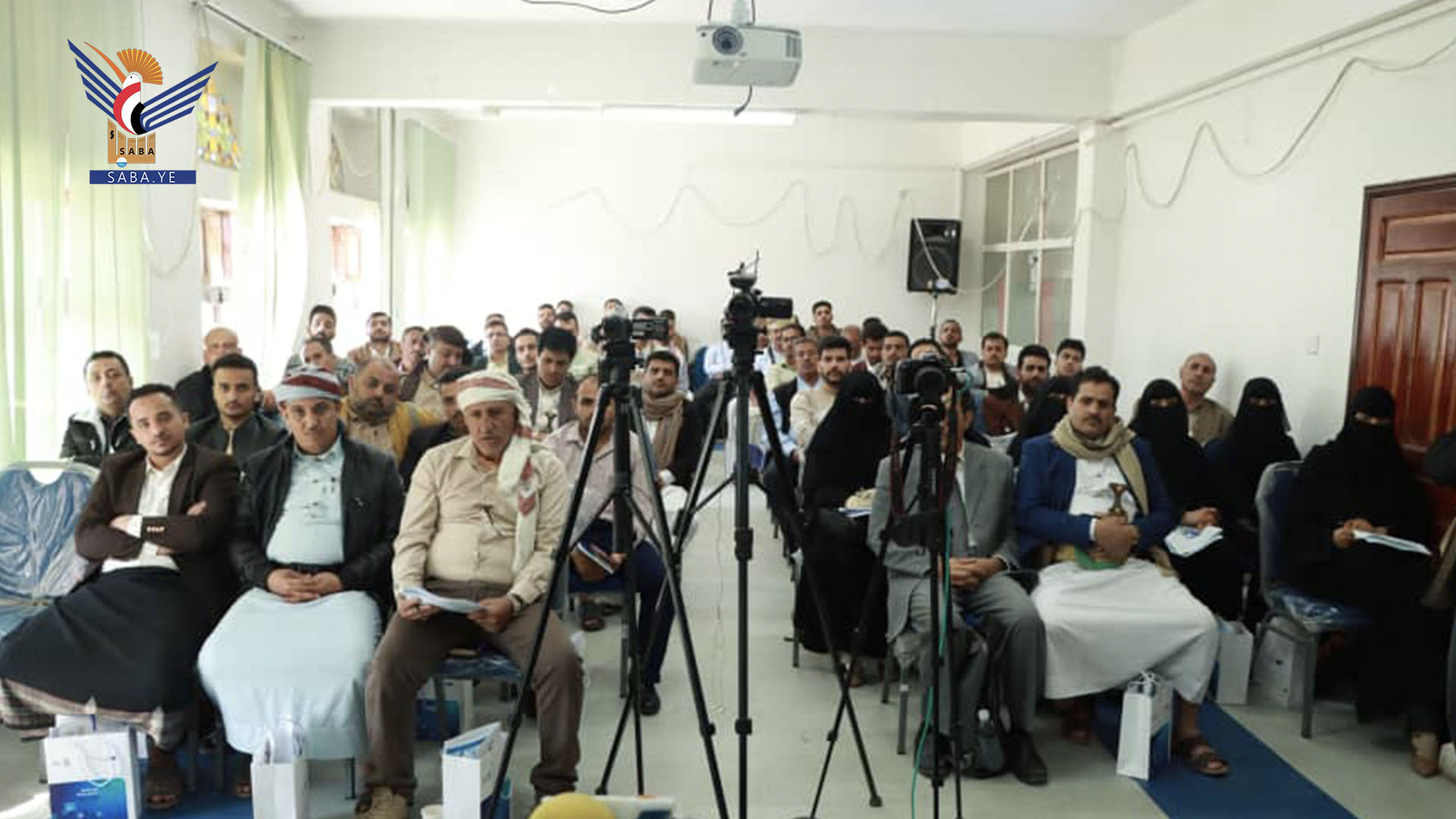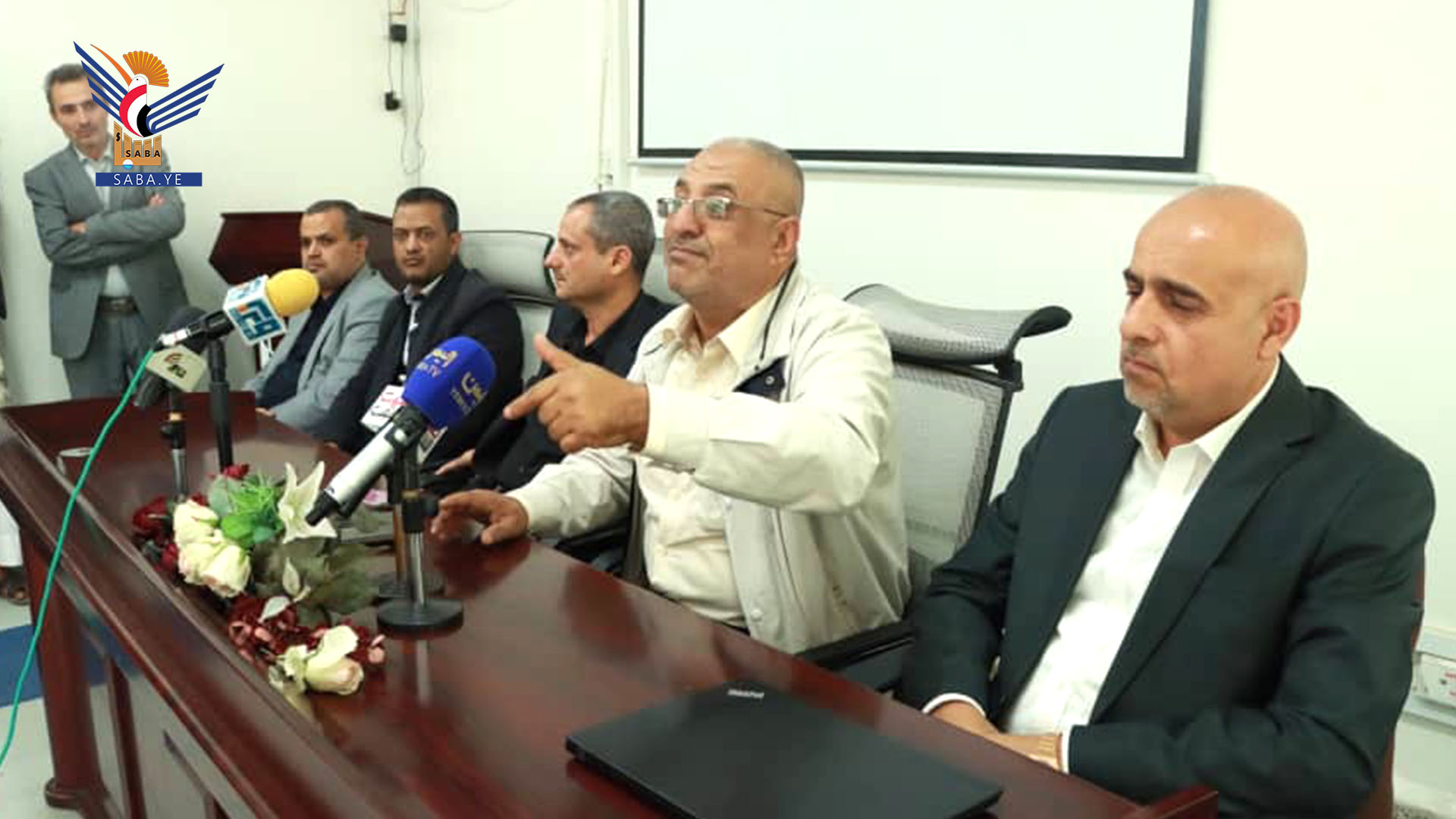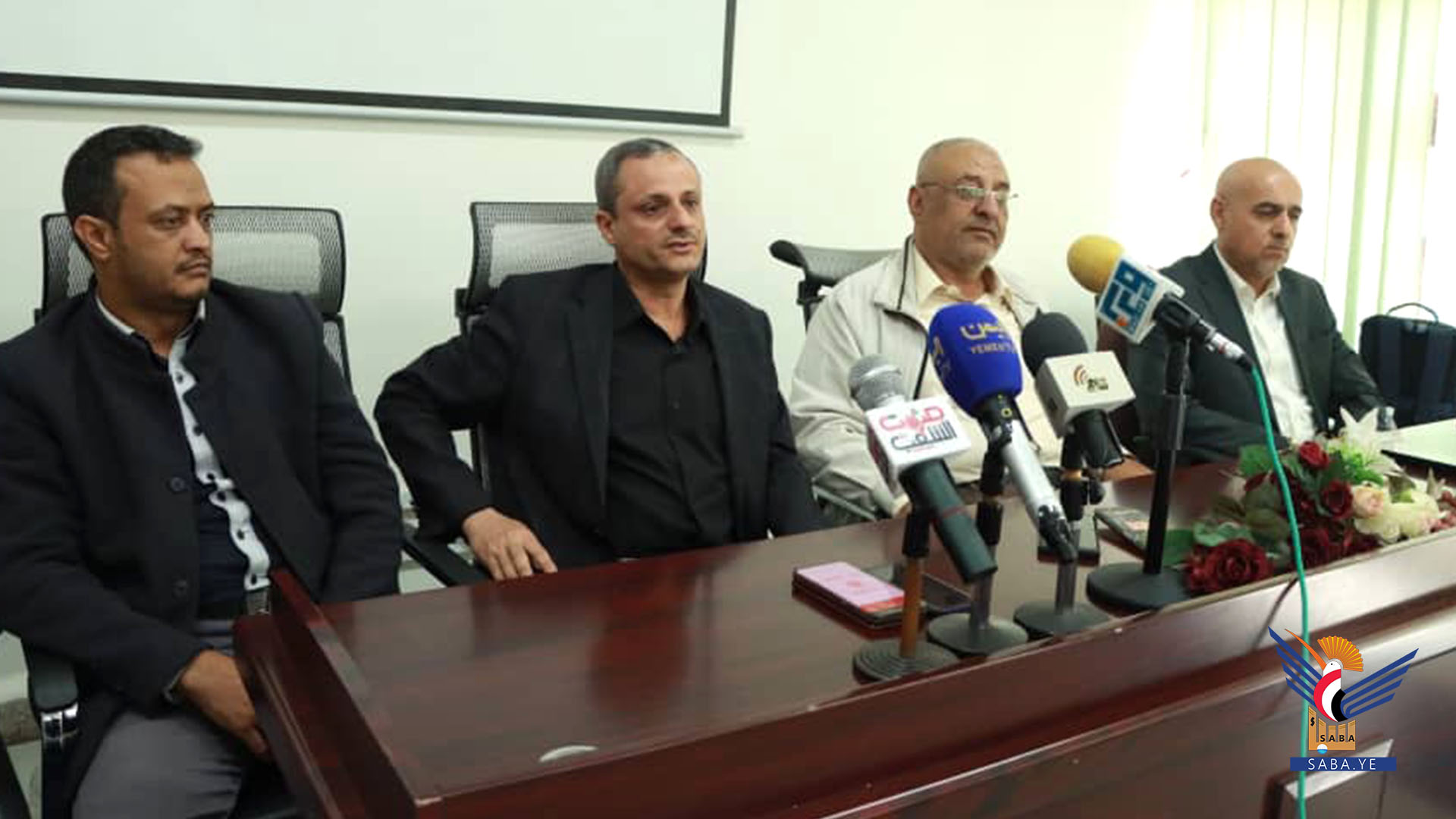
Sana'a - Saba:
The Customs Authority in Sana'a began today organizing two training courses to introduce the program and services of the Yemeni Single Window System for Customs Clearance, with the participation of 80 trainees from customs brokers and company representatives, within a series of courses targeting 400 trainees within two months.
During the inauguration, officials stressed the importance of the system in "simplifying customs procedures, enhancing transparency, and reducing time and cost" by unifying e-services in one platform.
They also stressed the need for all parties to cooperate to ensure the success of the practical application of the system. The officials pointed out that the single window provides "accurate electronic follow-up of customs procedures, which facilitates the work of customs brokers**, reduces previous problems associated with paper transactions, and contributes to reducing corruption.
The courses included a detailed explanation of the legal and regulatory framework, the technology used, operational procedures, in addition to technical support and problem solving, with the aim of enabling trainees to use the system efficiently and achieve digital transformation in customs work.
The Customs Authority in Sana'a began today organizing two training courses to introduce the program and services of the Yemeni Single Window System for Customs Clearance, with the participation of 80 trainees from customs brokers and company representatives, within a series of courses targeting 400 trainees within two months.
During the inauguration, officials stressed the importance of the system in "simplifying customs procedures, enhancing transparency, and reducing time and cost" by unifying e-services in one platform.
They also stressed the need for all parties to cooperate to ensure the success of the practical application of the system. The officials pointed out that the single window provides "accurate electronic follow-up of customs procedures, which facilitates the work of customs brokers**, reduces previous problems associated with paper transactions, and contributes to reducing corruption.
The courses included a detailed explanation of the legal and regulatory framework, the technology used, operational procedures, in addition to technical support and problem solving, with the aim of enabling trainees to use the system efficiently and achieve digital transformation in customs work.




